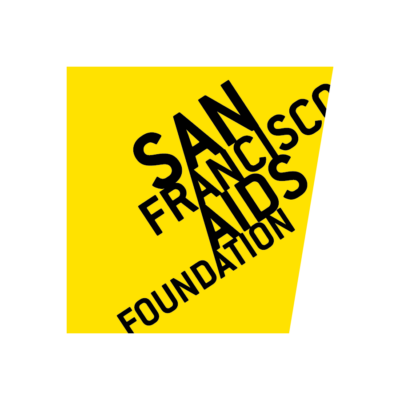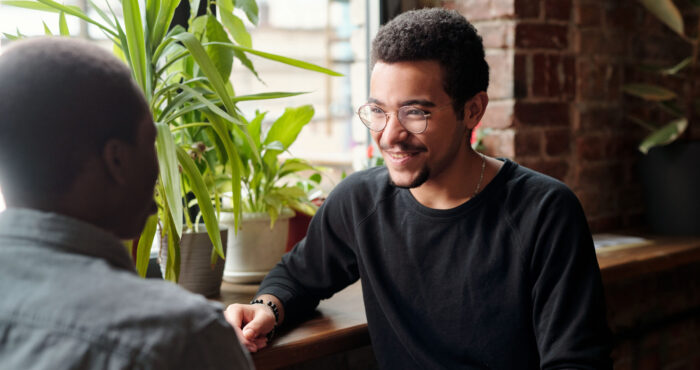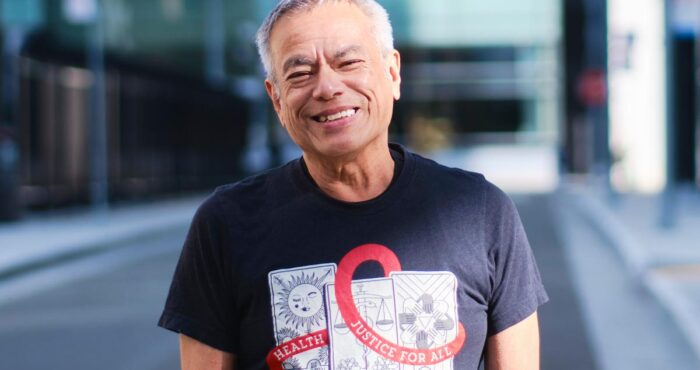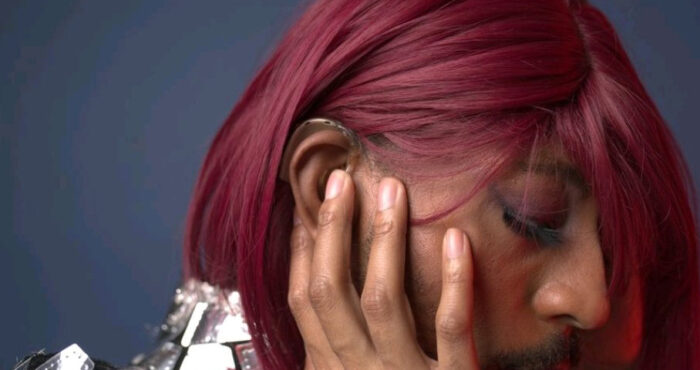Sex, drugs, HIV, and the weight of stigma
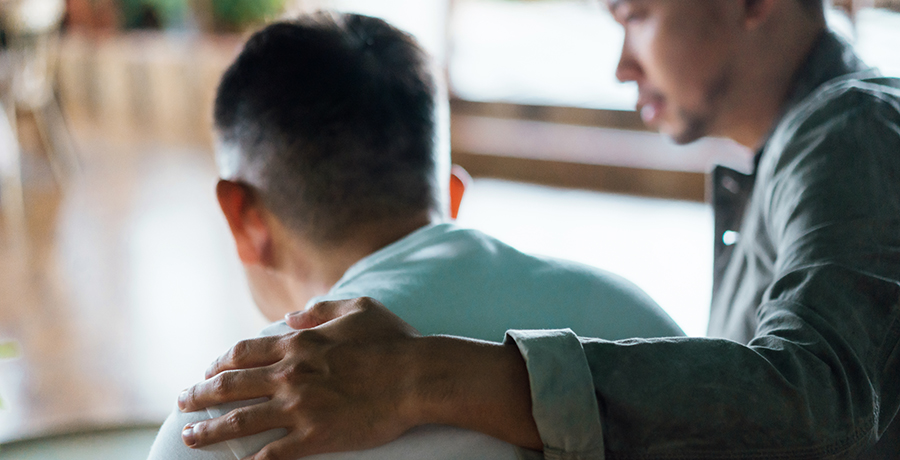
It’s an issue that bumps up against the work of San Francisco AIDS Foundation on a regular basis: stigma, and the weight of moral judgment that we may face for our sexuality, our gender identity or expression, our HIV status, our housing status, or our substance use. Although it’s not a word we use often, the feelings that stigma produces are familiar. It causes shame. It causes isolation. It causes risk.
Ebony Gordon, a staff member with our Aging Services team, shared that stigma around HIV led to the death of a family member.
“My family is Caribbean, and really didn’t have much of an understanding of HIV. There was a lot of judgment around sex and sexuality. And my family member didn’t have people he could turn to [after being diagnosed with HIV]. He didn’t feel like he could speak to his family at all. He died because of this stigma around HIV.”
This experience–navigating her family member’s death and a better understanding of HIV–led Gordon to volunteer at an AIDS service organization in Nashville, and later join the organization on staff.
“Even at that organization, we still had issues of stigma to contend with,” she said. “There were leaders at the organization who were forced to come to grips with their own homophobia, and figure out how to effectively do HIV work through their experiences as cis hetero people. We were there to serve gay and bisexual Black men–there are nuances that you have to be able to understand in order to do this work.”
Gordon said that oftentimes, she sees stigma against HIV surface when people don’t realize their own proximity to HIV.
“There can be fear,” she said. “People can be resistant to knowing and understanding. There’s an element of moral judgment, where people can be ready to label and blame. Focusing on the risk and all of the negative aspects only makes it worse.”
Vince Crisostomo, long-term survivor and director of Aging Services said that oftentimes, clients don’t talk about experiencing stigma.
“It’s more often that they talk about the hurt and the pain that they experience in their lives,” said Crisostomo. “You have to be specific about what’s happening, so that you can begin to create policies, programs, or services that address this. And you might not always be able to–you can’t change a family, or change an entire culture. But there are things you can do to make sure that, as an HIV or AIDS service organization, our clients see themselves reflected and are welcomed.”
Jorge Zepeda, director of Latinx Health, described the intersecting set of stigmas faced by many clients.
“There is stigma around language–if you don’t speak English. And if you’re an immigrant. There is stigma around skin color, substance use, and HIV. These stigmas all intersect, and change how people feel about their self-worth.”
Zepeda described a client who, after living in the U.S. for more than a decade, decided to return to his home country as part of his plan to change his substance use.
“He’d been using crack, and in recent years crystal meth. He had been in jail,” said Zepeda. “And he got to the point where he was tired, was working on changing his substance use, and wanted to get back to his home country. I encouraged him to reach out to his family so that he would be supported on his return, but he didn’t want to call them. He said, ‘I cannot contact my family until I am better.’ He was ashamed.”
The stigma this client felt around his substance use kept him from reaching out for support from his family.
“It’s felt everywhere. It goes into your dreams, into your body, into your eternal life,” said Zepeda. “The way to reverse this is to make a safe space and provide opportunities to recreate yourself.”
Zepeda highlighted the experience of the “Grupo persona para mujeres latinas positivas” at SFAF as an opportunity to challenge stigma. Designed for women living with HIV, the group offers a safe place for women living with HIV to learn more about HIV, openly share their experiences, and seek support from other women.
“Many of these women are carrying the burden of not being able to share their status,” said Zepeda. “They have families. They have children, and they worry about being rejected by their children for their status. This is stigma.”
Gordon pointed to another important way to end HIV stigma: representation.
“Seeing people who are able to talk about what it means to be a person living with HIV, or a woman living with HIV, is so important,” she said. “I work with Black women who do advocacy work and speak about their experience living with HIV because they did not see their experiences represented anywhere else. That visibility means something.”
Crisostomo pointed to the Pacific Islanders tradition of “talking story” as another way to end stigma. “You find a common ground, a way to connect,” he said. “HIV may not be the first thing you talk about. You build trust. That’s part of the experience at San Francisco AIDS Foundation–across all of our services and programs. It takes more work, and more intention, and more time. But in the end, you find better ways to connect.”






